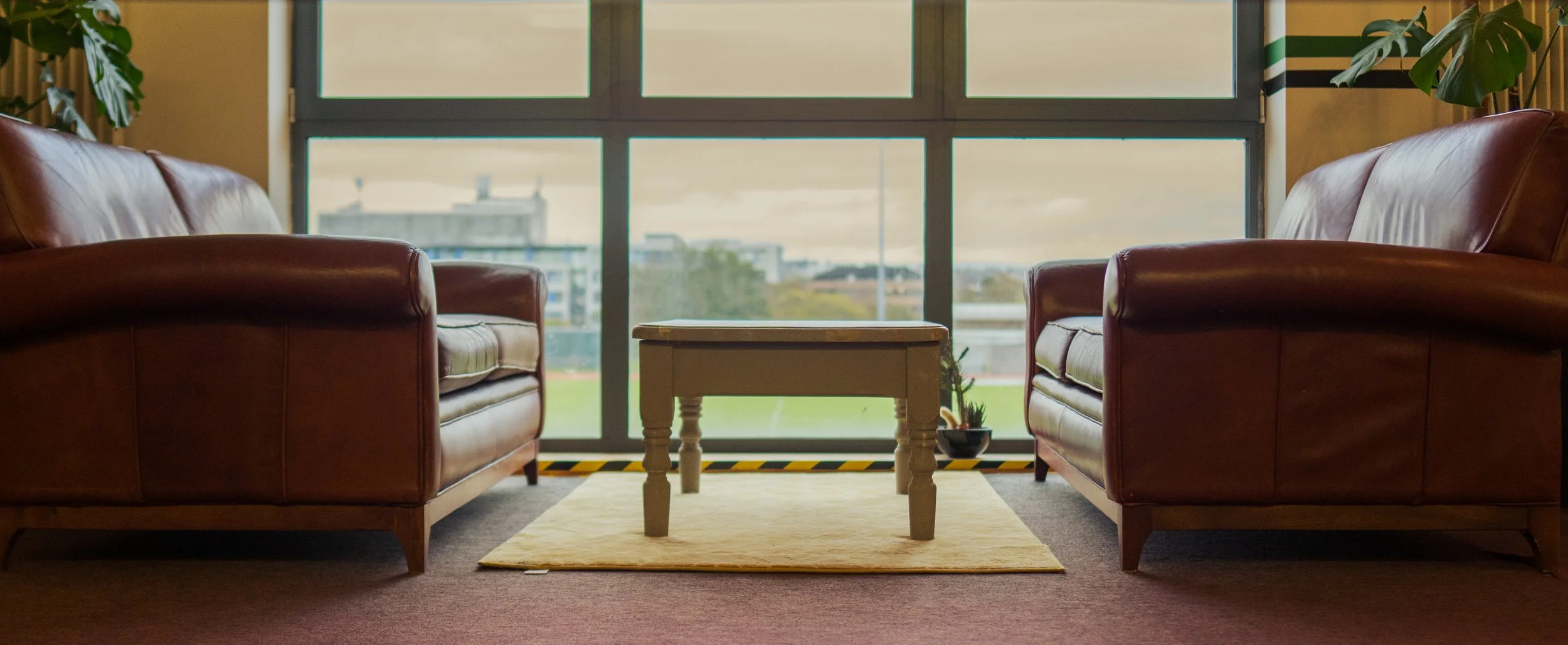We Said We’d Never Be Like Them. Then We Bought a Whiteboard.
When we left the BBC to start our own company, we carried around a kind of creative manifesto - half rebellion, half caffeine, half blind optimism.
We’d never become *that* kind of organisation.
No endless planning meetings where nothing actually gets planned.
No reply-all email chains about the meeting we’d just survived.
And definitely no 9 a.m. start times - because results matter, not hours.
We’d seen what ‘structure’ looked like, and we wanted freedom.
Of course, in hindsight, the BBC way wasn’t the enemy. It was a masterclass in how large, creative systems actually function. The “deployment sheets” we used to roll our eyes at - the ones asking where the camera crew was going to park - existed for a reason. If you can’t park, you can’t film. And if you can’t film, you don’t have a story.
And when you’re doing serious investigative journalism, the meetings matter too - lawyers, editors, advisors - all keeping each other (and you) safe. You might grumble about the paperwork, but those processes are what let you take risks with confidence.
Still, there was one ritual that united everyone in dread: the *ideas meeting.* It loomed in the diary every week like a dentist appointment for the mind. The real “ideas people” were usually out making theirs happen. Those left behind were either managers trying to “coach” creativity, or weary producers offering half-thoughts they’d conjured up in the thirty-second gap between deadlines. By the end, we’d all promised ourselves: *never again.*
So when we left, we stripped all of that out. No meetings, no bureaucracy, no barriers to creativity.
And for a while, it was great.
Until the first time a project went sideways. There was a mountain of content, dozens of conflicting emails, and a feedback process that felt like playing tennis in the dark. We eventually switched to Frame.io - which, by forcing a bit of structure, magically brought clarity. It helped us - and our clients, who’d been drowning in their own email chains, seemed to welcome a little creative authority.
That was the first sign. Then came the second: the realisation that some meetings are actually useful especially when they involve coffee and daylight.
Getting out of the office definitely helps. One of our best meetings ever took place at our local cafe, Terra Nova in Devonport. We were up against a cash-flow crunch. Thirty minutes, two cappuccinos and one honest conversation later, we’d mapped a way through it. That’s when it clicked: a “meeting” isn’t the problem - pointless meetings are.
Now, we hold them sparingly, preferably with caffeine.
And yes, we bought a whiteboard. It was meant for serious planning.
It now keeps score for the office darts league.
Technology has helped - though not always. Some days it feels like we’re Asana-ing ourselves to remember to check Asana and becoming a great case study for Oliver Burkeman’s next book on the futility of time management. But we’re learning: the goal isn’t to have the perfect system. It’s to remember why we’re using it.
You can have every workflow system known to humankind, but sometimes the thing that actually works is just… talking.
Not very scalable, admittedly. But surprisingly effective.
As long as it’s not called an ideas meeting.




